The Forging Interdisciplinary Bio-inspired Engineered Regenerative Science (FIBERS) team of researchers at NC State University and the University of North Carolina at Chapel Hill has found a potentially transformative opportunity: to apply 3D printing and non-woven fiber manufacturing in order to create new tissues that can grow in the human body. To meet the challenges facing tissue engineering, the FIBERS team draws from biomedical and industrial engineering, textiles and veterinary medicine. BME assistant professor Matt Fisher’s long standing work on 3D printing tissues fits right in with the FIBERS initiative. Together with NCSU associate professor Rohan Shirwaiker, Dr. Fisher has been exploring different 3D printing strategies to make tissues such as the meniscus and tendons. They were then invited to form the core team for the FIBERS project by BME Lampe Distinguished Professor Frances Ligler and FIBERS Principal Investigator Benham Pourdeyhimi.
The most significant advance to come out of the project so far is an advanced 3D printer the team built with support from the Game-Changing Research Incentive Program (GRIP), a partnership of the NC State Office of Research and Innovation, RTI International, and the Kenan Institute for Engineering, Technology and Science. While a 3D printer can precisely reproduce the shapes and structures in an MRI image or a CT scan, traditional 3D printers may not appropriately capture features at the tiny scale that tissue engineering demands. The difference between traditional devices and FIBERS advanced 3D printer is the way it forms fibers: in offering more variety in the size, shape and orientation of the layers of fibers that form an object, it better matches the natural fibers they’re aiming to replace and regrow. The team has a patent pending on the features of the process and has also applied for a second patent on the specific fiber geometry they’ve been able to produce with the machine.
So far, the research team’s work has focused on innovations that would improve quality of life for the hundreds of thousands of people who get replacement soft tissues each year. Also, FIBERS investigators have recently requested funding from the National Science Foundation with a bigger mission in mind: to establish a national hub for regenerative tissue engineering at NC State. Currently 114,000 Americans are waiting for organ transplants, and the donor options are limited, so engineered tissues and organs hold the greatest promise for them. To read the full article, visit NCSU news.

BME Assistant Professor Matt Fisher in his lab on Centennial Campus


